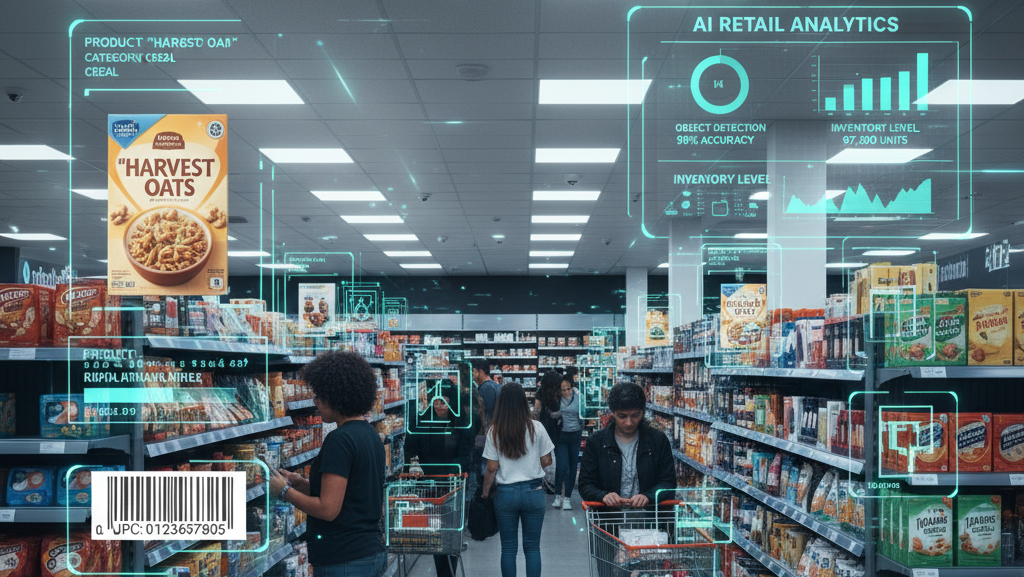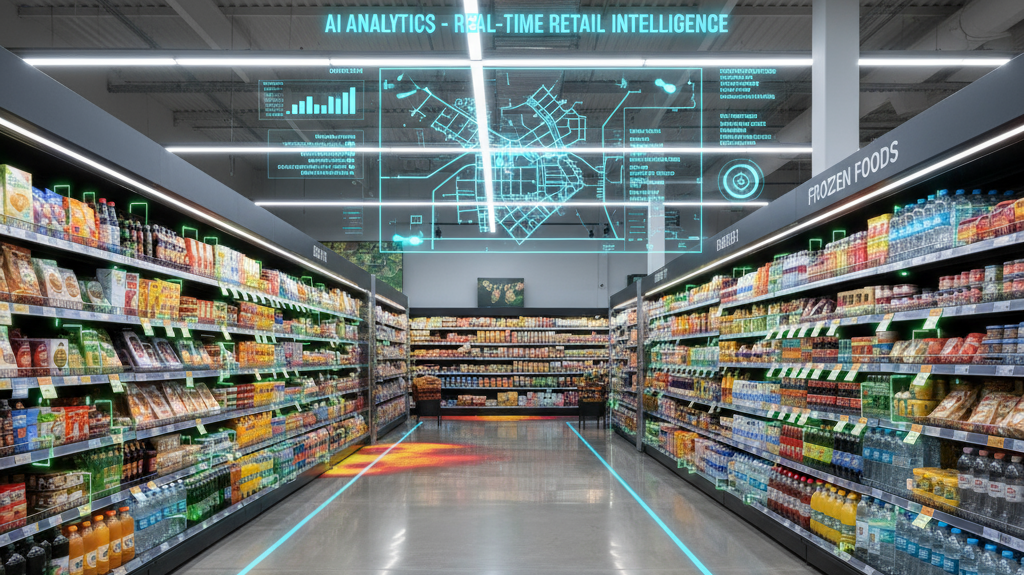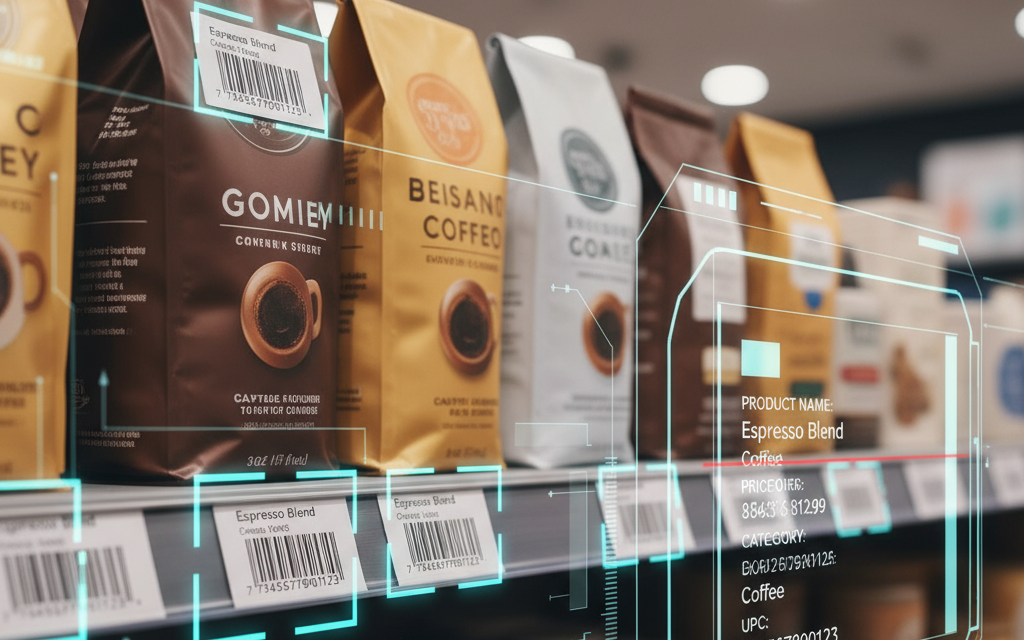Why is Retail Annotation Important?

Accurate retail annotation helps AI models:
- Detect and classify products on shelves for planogram compliance and stock monitoring.
- Recognize customer movement and engagement patterns through in-store cameras.
- Enable automated checkout systems by identifying items at point-of-sale counters.
- Support inventory management and supply chain efficiency using annotated images and IoT data.
- Improve store design and marketing strategies based on shopper analytics.
High-quality retail annotation ensures that AI systems can process real-world retail data accurately, driving automation, reducing human error, and improving operational efficiency across physical and online stores.
Types of Retail Annotation
Image and Video Annotation
In retail, image and video annotation plays a key role in training AI to understand in-store visuals. Bounding boxes and polygons label products, shelves, and packaging, while semantic segmentation distinguishes aisles, checkout counters, and displays. Frame-by-frame video annotation tracks customer movements, enabling insights into footfall patterns and queue management. These annotations empower AI systems to improve store layout, monitor stock levels, and enhance overall operational efficiency through real-time visual intelligence.


Text Annotation
Text annotation in retail focuses on extracting and structuring written data from product labels, barcodes, price tags, and receipts. Using Optical Character Recognition (OCR) and entity tagging, AI systems identify product names, prices, and categories with precision. This process streamlines billing, improves product search accuracy, and automates inventory management. Text annotation ensures seamless integration between physical and digital retail operations, supporting smarter checkout experiences and efficient catalog management across omnichannel retail environments.
Audio Annotation
Audio annotation enables AI to understand and analyze spoken interactions in retail environments such as customer support and call centers. Through speech-to-text conversion, sentiment analysis, and intent detection, AI can interpret tone, emotion, and purpose in conversations. These annotations enhance customer experience by enabling virtual assistants, automating feedback analysis, and improving service quality. By converting raw audio data into actionable insights, audio annotation supports better decision-making and fosters personalized engagement in modern retail operations.


